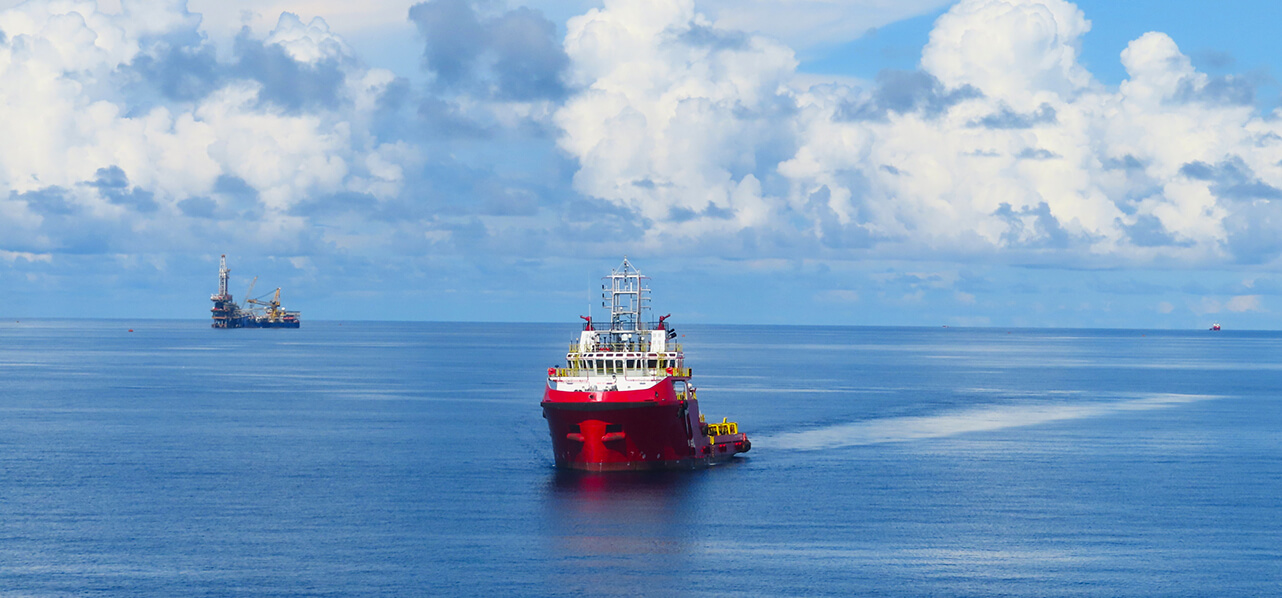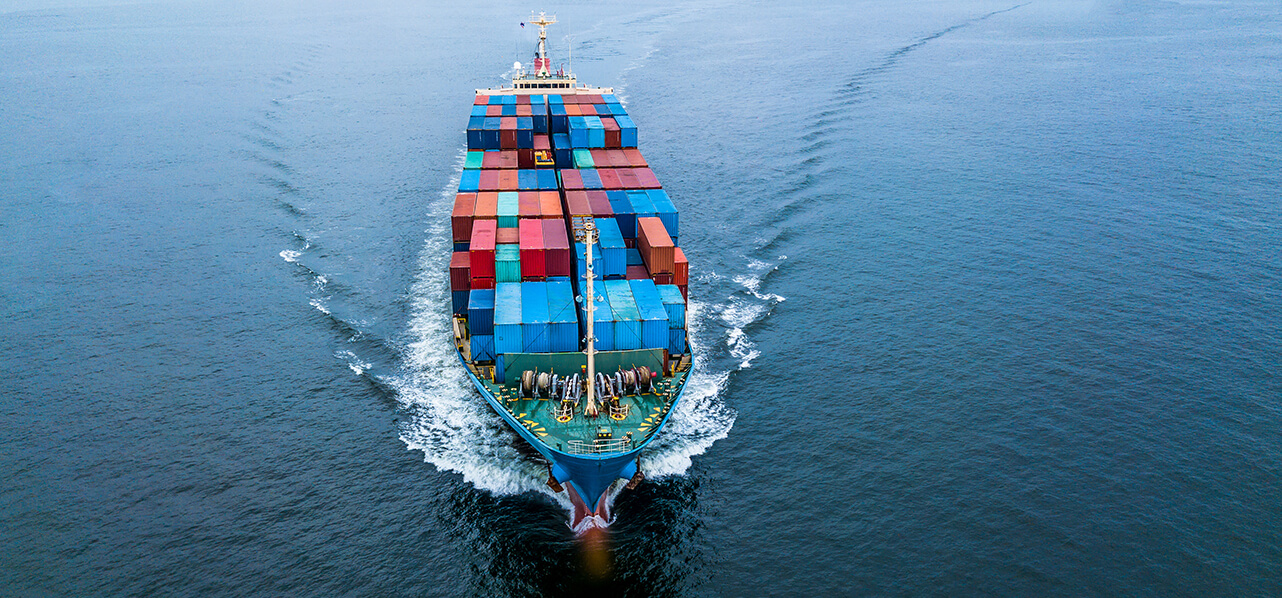Partner Singapore
"This article examines the cascading effects on marine insurance of the current uncertainties in the region."
The recent increasing turmoil in the Middle East has led to renewed threats by Iran to close the Strait of Hormuz (the “Strait”), thereby restricting trade and impacting global oil prices. Whilst a ceasefire is currently holding between Iran and Israel, there are concerns that it may not last. Despite being a narrow body of water separating the Persian Gulf and the Gulf of Oman, the Strait is vital to global maritime traffic and its closure would have far-reaching consequences, affecting the global economy as well as the shipping industry. Although Iran’s Supreme National Security Council did not act following parliamentary approval to close the Strait following US airstrikes on its nuclear facilities, some oil tankers have been rerouting to avoid the area.
This article is part of a series in which our global maritime team discusses the potential legal implications of a closure of the Strait. Similar issues could arise from the ongoing unrest in the Red Sea. In this article, we examine the cascading effects on marine insurance of the current uncertainties in the region.
Who is responsible for the insurance?
As evidenced by recent Houthi attacks in the Red Sea, vessels navigating through the area can be the targets of missile attacks. BIMCO has already warned that Iran could use missiles or drones to attack ships in the Strait.
As at time of writing, the Joint War Committee of Lloyd’s of London (the “Joint War Committee”) has not updated its list of designated high-risks areas, which remains under active review whilst shipping traffic continues to navigate through the Strait.
The Joint War Committee has stated that “[s]hip owners have reported a heightened level of harassment when transiting. A general threat exists to all vessels in the region and specifically to tankers transiting Hormuz. Iranian and Houthi capability extends beyond the particularly vulnerable Strait of Hormuz itself, but Iranian actions have indicated a wish to keep its actions proportionate, one for one”.
As the Strait is a designated high-risk area, vessels’ standard insurance may be insufficient and additional premiums required to cover the increased risk associated with navigating through the Strait. Whilst owners must obtain the appropriate cover, liability for paying for the extra cover depends on the provisions of the relevant charterparty.
"As the Strait is a designated high-risk area, vessels’ standard insurance may be insufficient."
For example, CONWARTIME 13, provides that charterers reimburse owners for any additional premiums required by their insurers and any additional insurance that they reasonably require in connection with war risks.
In April 2025, BIMCO released CONWARTIME 25 and VOYWAR 2025 to account for developments relating to the war in Ukraine and attacks on shipping in the Red Sea. In this regard, CONWARTIME 25 goes further than its predecessor and defines the “Insurance Costs” as being any additional war risk premiums or any costs for any additional K&R insurance. The word “additional” is intended to clarify that only additional K&R insurance obtained for the voyage in question in addition to the standard war risk insurance is included in the “Insurance Costs”. Further, owners are required to demonstrate to charterers (if requested) that they made reasonable endeavours to obtain appropriate cover and terms (including premiums). A limited transfer will not negate charterers’ other obligations under the charter, including as regards port safety.
On the other hand, SHELLTIME 4 requires that, where charterers pay any additional war risk premium, owners must obtain from their war risk underwriter a waiver of any subrogated rights against the charterer, in order to relieve charterers of liability for matters such as unsafe port claims.
What happens to insurance if a vessel proceeds through the Strait and is not allowed to leave port?
If a vessel proceeding through the Strait is captured, detained or generally unable to leave the port for a certain period, it may be considered a Constructive Total Loss under a relevant war insurance policy. We have seen this in the past when vessels were unable to leave Ukrainian ports.
Owners are entitled to recover loss of hire under certain insurance policies, such as insurance cover for blocking and trapping. If a Constructive Total Loss claim is made, any loss of hire is likely to be absorbed by said claim. This will turn on the wording of the policy.
Key contacts
"Owners are entitled to recover loss of hire under certain insurance policies."
The requirements for a vessel to be considered a Constructive Total Loss are generally set out in its policy. It usually occurs when an owner is deprived of possession of a vessel and is unlikely to recover it within a specific timeframe – some policies require a period between six and twelve months.
As to the running costs for maintaining a vessel during detention or diversion, owners may also be able to recover those costs under their policy. There is also commentary suggesting that expenses which are not ordinary manning expenses may be recoverable as “sue and labour” expenses (see paragraph 22.13, Millers Marine War Risks, 4th Ed, 2020). An example of such expenses may be those incurred pursuant to charterparty obligations but intended to mitigate the detention to ensure a vessel is ready to sail promptly in the event of being released.
If insurers assumed ownership of a vessel, having paid out for a constructive total loss they would assume the responsibilities and liabilities of an owner. This would include responsibility for the vessel’s maintenance and therefore expose them to the same risks and responsibilities as if they were an owner. The insurers would most likely look to sell the vessel at a later stage to recoup the amount they have paid.
What happens if a vessel proceeds through the Strait and is damaged by a missile?
Should the above happen, owners are likely to make a claim under their war risk insurance. In a recent judgment (The Polar, 2024), the UK Supreme Court clarified that even where charterers have paid the additional premium for war risk insurance as required by the charterparty, this will not necessarily protect them from claims brought against them by subrogated insurers. For such an “insurance code” or “insurance fund” to be considered a complete code such that it prevented claims against the charterers would require clear and express provisions in the charterparty.
"Should charterers wish to transit through the Strait, they should consider whether it would be prudent to purchase their own policy."
Where charterers are named as co-assured under an owner’s policy, the position may be different, though should charterers wish to transit through the Strait, they should consider whether it would be prudent to purchase their own policy before transiting.
What happens to insurance if a vessel deviates and discharges at another port as a result of blockage and/or the Master’s refusal to proceed due to safety concerns?
Leaving aside other contractual issues arising out of deviation, and assuming both owners and charterers agree to deviate, it is unlikely that standard insurance cover will respond to any loss or damage arising out of deviation and therefore extra cover may be required.
Owners may also consider obtaining a Letter of Indemnity from the charterers for discharging at another port other than the one provided in the bill of lading. However, it should be remembered that a letter of indemnity is only as good as the creditworthiness of its issuer.
Conclusion
The Strait remains a flashpoint with profound implications for global trade and insurance. As tensions simmer, stakeholders must weigh the risks of continued operations against the costs of rerouting and insuring shipments. To protect against potential risks, owners and charterers should have an eye on reviewing their contractual arrangements to ensure that all parties’ obligations for trading in the region are addressed as best as possible. They should also have a continuous dialogue with their insurers to ensure that there will be adequate cover to respond to an incident if the vessel passes through the Strait.
Please do not hesitate to get in touch with the authors or your usual WFW contact if you require further advice.
Click here to view the first article of the series, 'The Strait of Hormuz: How to deal with contractual issues, rights and obligations'.
Key contacts
Partner Singapore
Associate London
Associate Singapore
Associate Singapore







